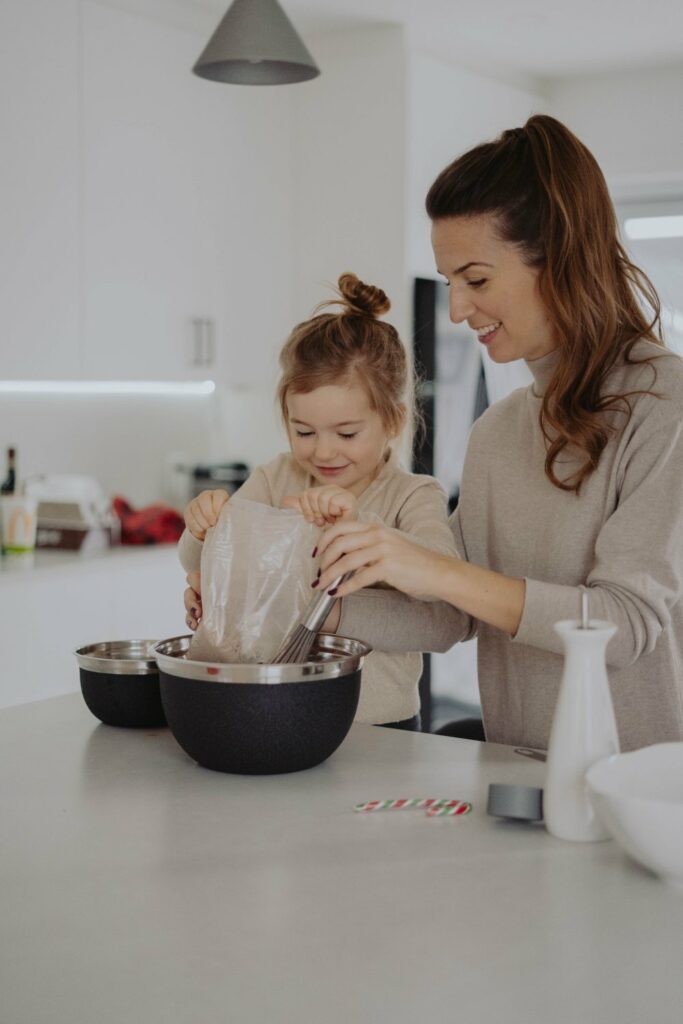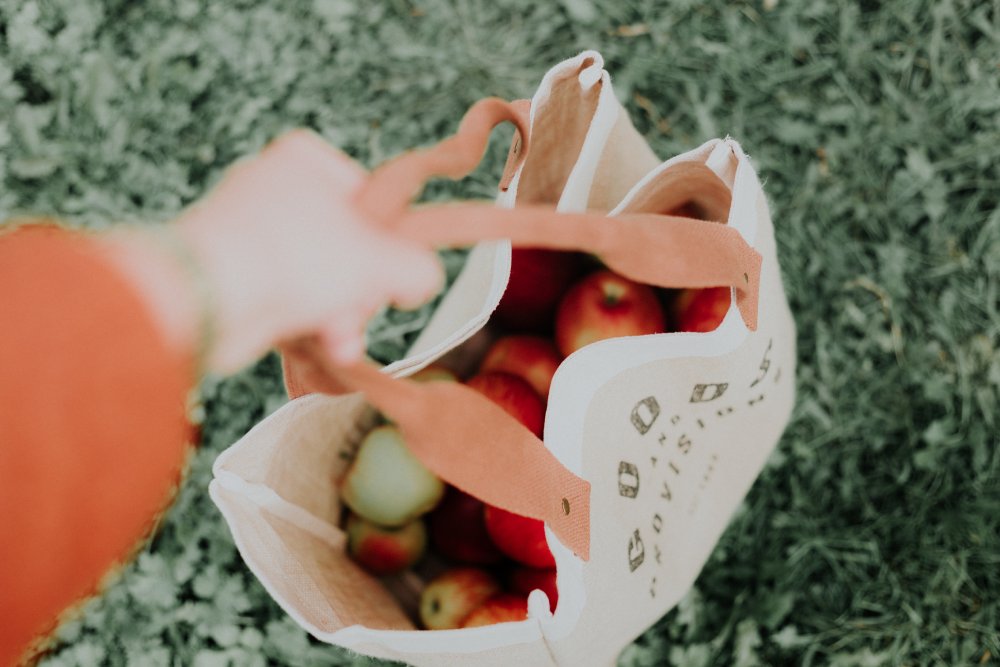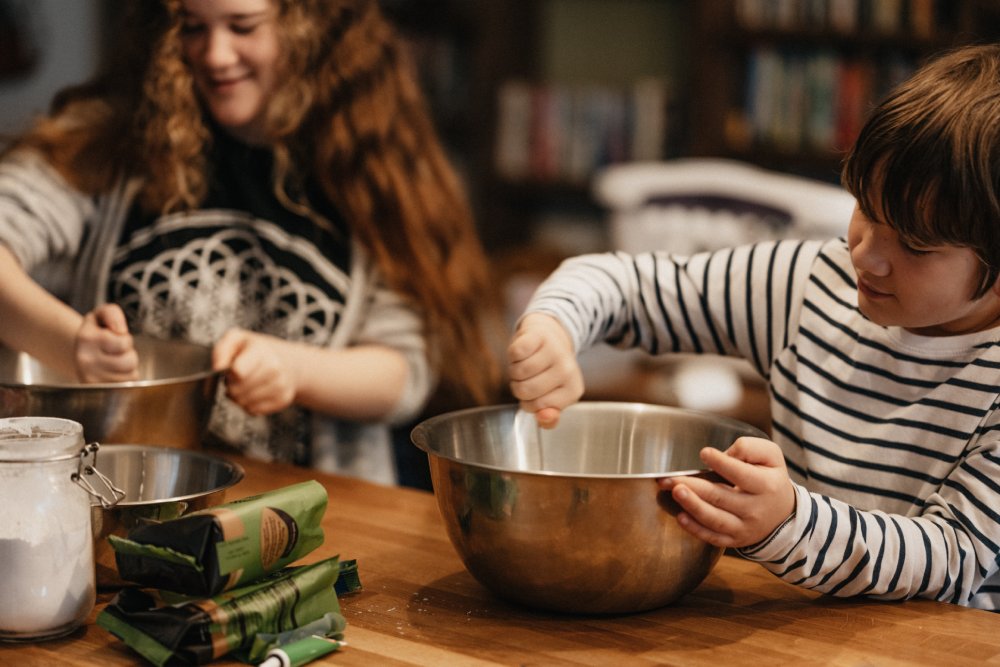5 Ways to Get Your Kids in the Kitchen…and Why It’s Important
One of the greatest gifts you can give your children is a love for cooking. Not only is it good for their confidence levels and independence, but it also affects their future health.
So how do we get kids to enjoy cooking? And at what age should we start? We’ve gathered a list of tips and suggestions that will have your child donning a chef’s hat and whipping up culinary masterpieces in no time. Let’s dive in!
Start Young

When I say young, I mean children as young as two years old…yes, two! Toddlers can help carry ingredients, wash fruits and veggies, tear greens into small pieces, and break cruciferous vegetables like broccoli and cauliflower into small florets. Such tasks are also great for building fine motor skills, so consider it a win/win!
As they age, children can take on tasks that require more dexterity—three-year-old children can help knead dough and pour ingredients, and pre-kinder kiddos can peel eggs and fruit and help measure ingredients.
Maintain Realistic Expectations

It’s important to make this a positive experience for children, so lower your expectations, start off with easy and simple recipes (this is not the time to perfect your souffle-making technique), and allow for extra time so you aren’t rushed. Kids have amazing this-isn’t-fun radar—if they sense you are frustrated or feel as if they can’t keep up, they will likely leave the kitchen with a bad taste in their mouth for cooking…and no one wants that.
Let Them Help with Planning

Get older children in on the planning portion of meal prep. You may need to limit options (“Do you feel like having hamburgers or spaghetti this week?” or “Should we have broccoli or squash tonight?”).
Take you children with you to the grocery store or farmer’s market so they can be a part of the cooking process from start to finish.
Taste…and Talk…as You Go

Don’t wait until the final dish is served before sampling. Taste ingredients with your child as you create you dish, discussing flavors and textures as you do.
This is also a great time to talk about healthy ingredient choices, portion sizes, and how adding high fiber ingredients like dark, leafy greens and vegetables can allow you to eat more and feel full longer.
Give them Choices

Give children ownership over what they eat. For example, if you’re making a snack, set out mini rice cakes and a variety of toppings—hummus, peanut butter, and spreadable cheese—and let them decide what they eat. Offer a variety of sides like fresh veggies or fruit slices and watch as your child creates a plate that is uniquely theirs.
Taking the time to invest in your child’s dietary health will benefit him or her now and well into adulthood. Make cooking with your kiddos a priority—you’ll be surprised how much you enjoy your time together in the kitchen!
###
References
National Heart, Lung, & Blood Institute



